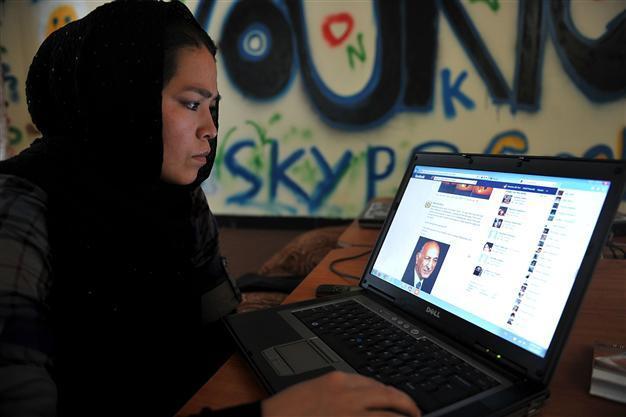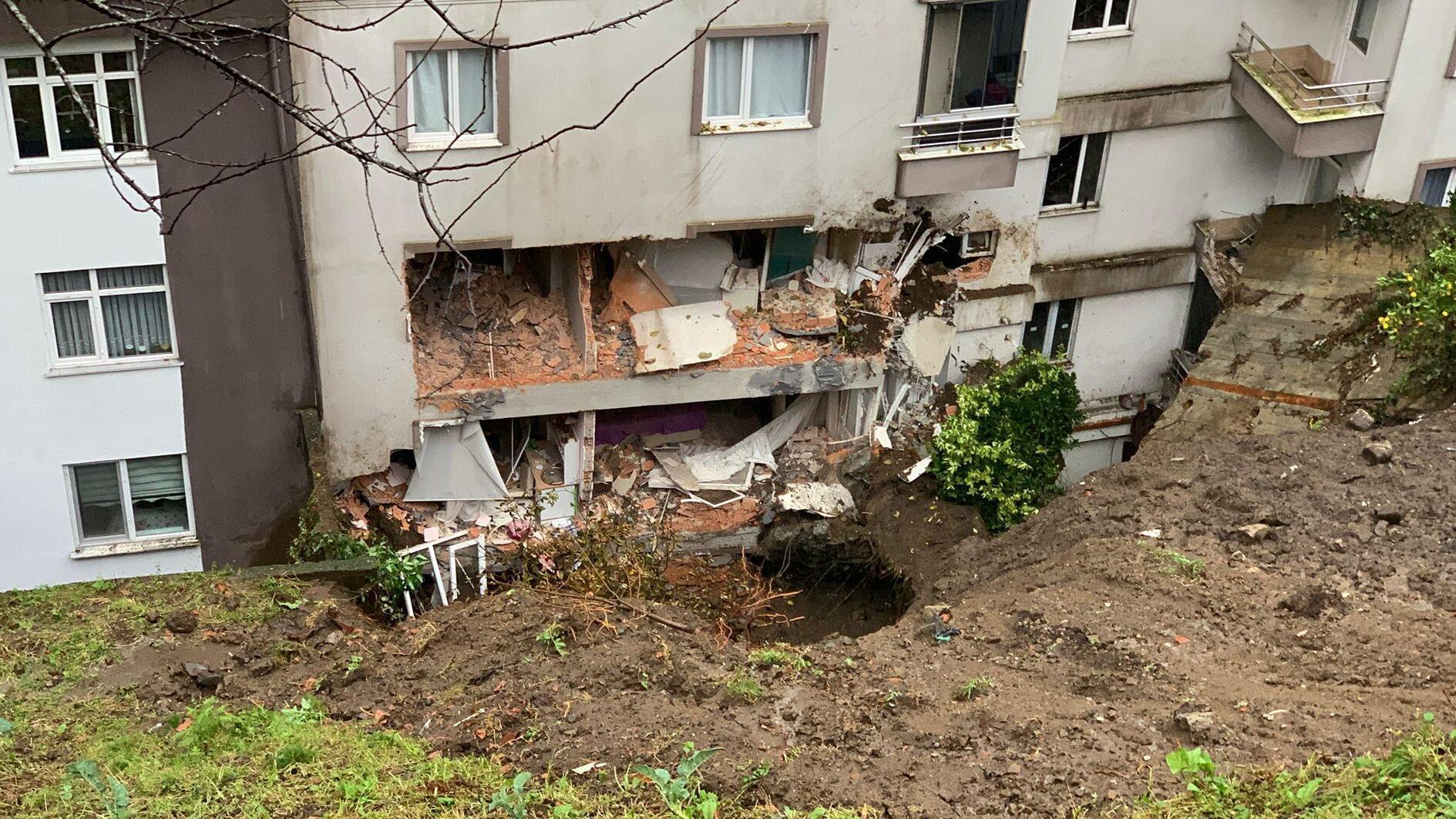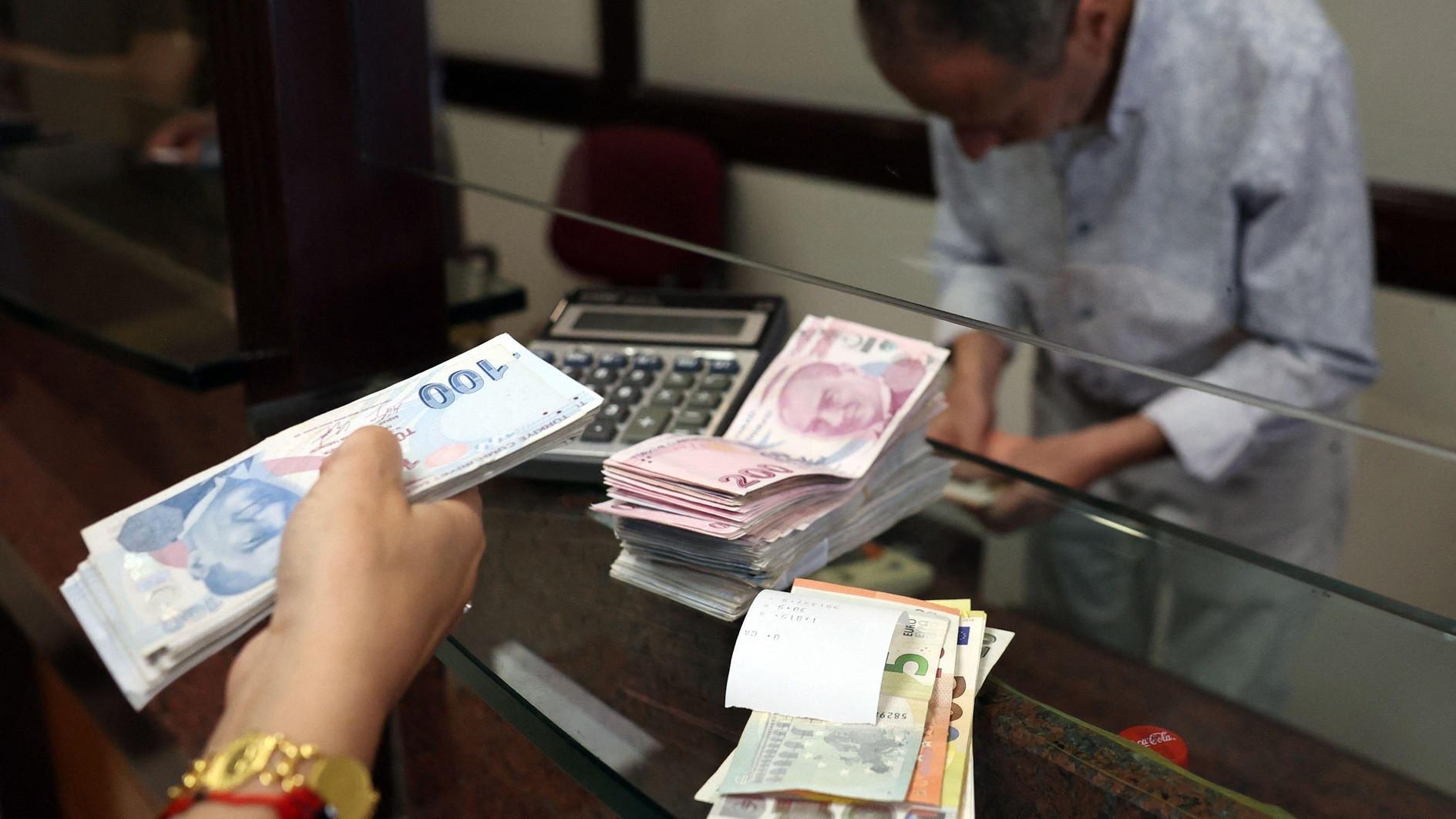Afghan voters turn to social media to fight fraud
KABUL - Agence France-Presse

An Afghan ethnic Hazara woman browses the Facebook website at the Young Women For Change internet cafe, Afghanistan's first women-only net cafe, in Kabul. AFP Photo
Fed-up with the massive rigging that took place in previous elections, Afghan voters have been using social media to highlight alleged fraud, and officials are starting to take notice.Smartphone videos of ballots being stuffed at breakneck speed, voter harassment outside polling booths, and papers scattered in the street would raise serious questions about a vote’s viability in the West.
In Afghanistan, bringing such episodes to light is also seen as a major step in overcoming the corruption that has dogged every election since the fall of the Taliban.
“Most of the videos going around (social media) have been recorded in places where the government have had no access, we will review all of them,” Nader Mohseni, spokesman for the Election Complaints Commission, told reporters April 13.
First partial results in the poll for a successor to President Hamid Karzai show former foreign minister Abdullah Abdullah leading with 41.9 percent of around 500,000 votes counted so far, with Ashraf Ghani closely behind on 37.6 percent.
A second round is scheduled for May 28 if no single candidate is able to garner more than 50 percent of the seven million votes cast. In one video, three young men and a boy who speak a dialect of Pashto associated with the city of Kandahar frantically stamp ballot paper after paper, mostly for Ghani but with some stamps for Abdullah. The footage has been shared on Facebook more than 1,300 times.
Around 2,000 complaints of rigging
Supporters and detractors of Ghani trade insults in the comment section, while one user called Kamal Naser Faqiryar notes dryly: “I waited for four hours to cast my one and only vote, and look these four men tick hundreds of votes for one candidate.”
In another widely circulated clip, a woman is asked on camera why she is cajoling other women in line to vote for her candidate on the polling day itself, in violation of election law.
“Don’t bring the law into this! I want to do this and I do it, these are my people ... and I am persuading them to do what I want them to do,” she replies angrily. Later, other women are interviewed, saying they were punched and beaten by the alleged harasser. Still, according to Mohseni from the ECC, the rate of fraud appears to be lower than when Karzai was re-elected in 2009 in a poll widely discredited both at home and abroad. As of April 13, the commission said it had received 1,892 complaints of fraud.
Around 870 of these fall into the most serious category, classed as those that could affect results.
Analyst Abdul Waheed Wafa cautioned that in some cases footage could be faked in order to discredit candidates. But he said the very fact the cases were being brought to light was positive. “The good thing about social media is that it turns everything into a debate, it has in fact created a platform for things to be shared and discussed and debated about.
“I believe social media will have its positive impact until the end of the process and thereafter,” he added. Around two million people, less than 10 percent of Afghanistan’s population, have computer access to the Internet, officials say, but the figure is rising and many more have access through the increasing use of smart phones. The Taliban, who ruled Afghanistan from 1996 to 2001 and forbade the use of the Internet, deeming it a Western propaganda tool, now regularly use Twitter to promote their ideas and boast about attacks on NATO forces.
















